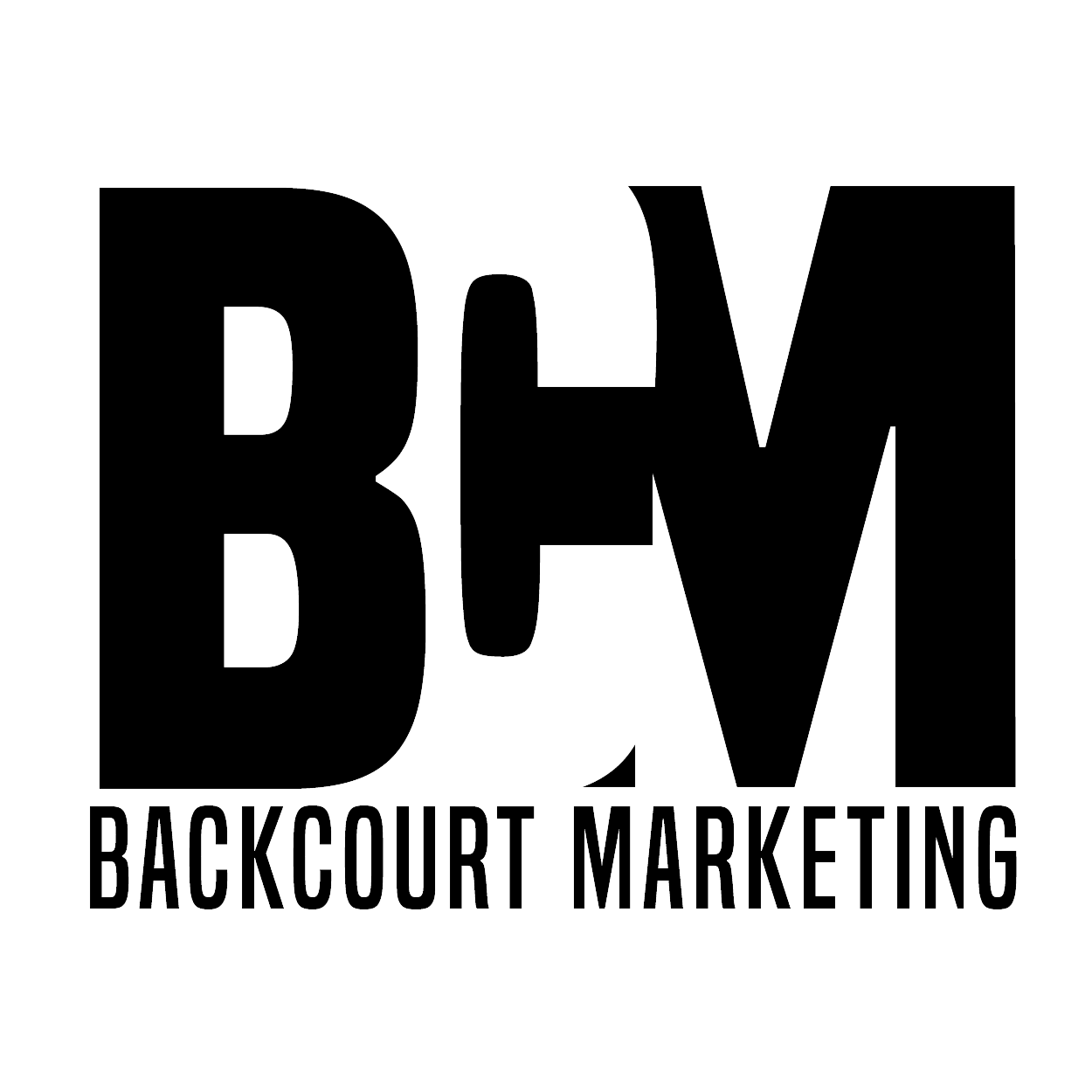A blog is one of many marketing ideas that will drive traffic towards your website and generate awareness of your small business. Tasks such as implementing meta descriptions or researching the best keywords to improve search engine ranking on your blog can all seem extremely daunting. Let’s simplify the best ways to improve reach and drive more people to your site.
Understanding Search Engines
There are a few factors that search engines like Google or Bing take into consideration when displaying search results. The three factors are:
- Crawling, the process of a search engine looking for sites to discover and display
- Indexing, or the studying of those pages to understand its content. For reference, blogging is responsible for 434% more indexed pages and 97% more indexed links according to DemandMetric.
- Serving, or the search engine spitting out pages that are relevant to your search query.
For now, we will cover the Serving factor of search engine performance.
Search Ranking
Serving, or Ranking, is based on your blog’s content and if it is relevant to what someone searched. This process can be done organically or by pay per click. Pay per click can be used through features like Google Ads to guarantee your website or post will show up on search queries relevant to your topic.
Organic methods rely on keyword strength, the indexed content of your page or post, and the times your site or post have been clicked on. Search engines are preferential to trending sites because, again, they’re giving the user the content they feel will be the most beneficial. In order to rise in the
Keywords
Keywords are terms or phrases often used during search queries. The purpose is to give search engines an idea of what your content is about. Just like a headline gives context to your blog, keywords help search engines connect your content with people searching similar topics.
A great tool for keyword planning is Google Trends; a free service that shows the historical significance of searched terms. When used correctly, Google Trends will give you insight into whether a keyword will have significant power during a season or with a specific audience. Researching the best terms for your audience is important for gaining meaningful clicks, but there are some headline styles that can act as cheat codes.
Articles People Click On
The word click-bait is tossed around with an overwhelmingly negative tone, and for good reason. Click-bait posts are typically meant to drive pageviews with headlines that grab your attention and take you to content that is full of ads, does not meet the clicker’s expectations, and downright sucks.
Internet users have grown smarter to avoiding and resisting click-bait. Here are some ethical ways you can adjust your higher-quality content to gain more clicks:
List Articles
Also known as Listicles, these are blogs that breakdown the ‘best of’ or are presented wholly or partly in the form of a list. User data from ConversionXL showed that 36% of people prefer list-based headlines. A good example: a Buzzfeed article titled “21 Pictures That Will Restore Your Faith in Humanity” attracted more than 13 million views.
With that said, blog titles with 6-13 words get the most consistent amount of traffic and hits, according to HubSpot. Headlines are meant to entice, draw the reader in and offer a quick snapshot of the blog to follow.
The “How-To” headline
Users get a pretty good idea of what the content is about in ‘How- To’ articles. These are targeted posts that when used with keywords can act as a diagnosis to a problem the user is facing. How often have you turned to Google to answer some of life’s problems?
As an example, our basic how-to guide helps those looking for help using Twitter. A close cousin to the listicle, the ‘How-To’ is the third most popular headline preference at around 17% via ConversionXL.
Search engines are great avenues to increase site traffic. But as we mentioned before, cracking the top of the search query can be tough for smaller blogs who have yet to reach consistently high levels of traffic. There is a remedy for this!
Social media
An easy way to promote your blogs is by sharing them through your social media. If you haven’t checked out the best times to post on social media you’ll find a comprehensive breakdown of when users are active on Facebook, Twitter, and LinkedIn.
Just about every content-focused company or brand is active on social media. A study by Social Media Examiner found that companies who dedicated just six hours managing their social media saw a significant rise in website traffic. One tactic to increase your reach is to try an A/B test.
An A/B test is a method of gathering information about your audience by seeing what headline gains more impressions. The idea is craft two different headlines for the same article and see which one increases the amount of clicks to your site. This method can be used to find what time of day users are more likely to click or share.
Join the Backcourt Newsletter for more monthly digital marketing tips and resources for optimizing your blogs.

